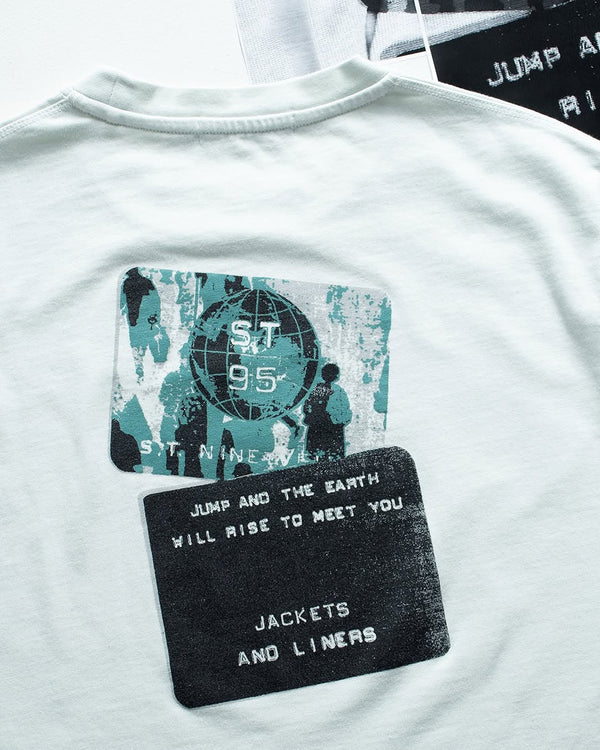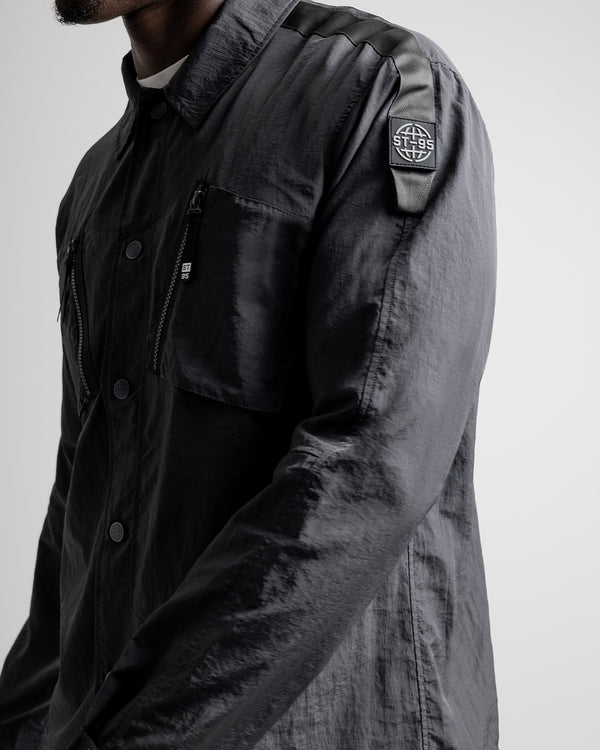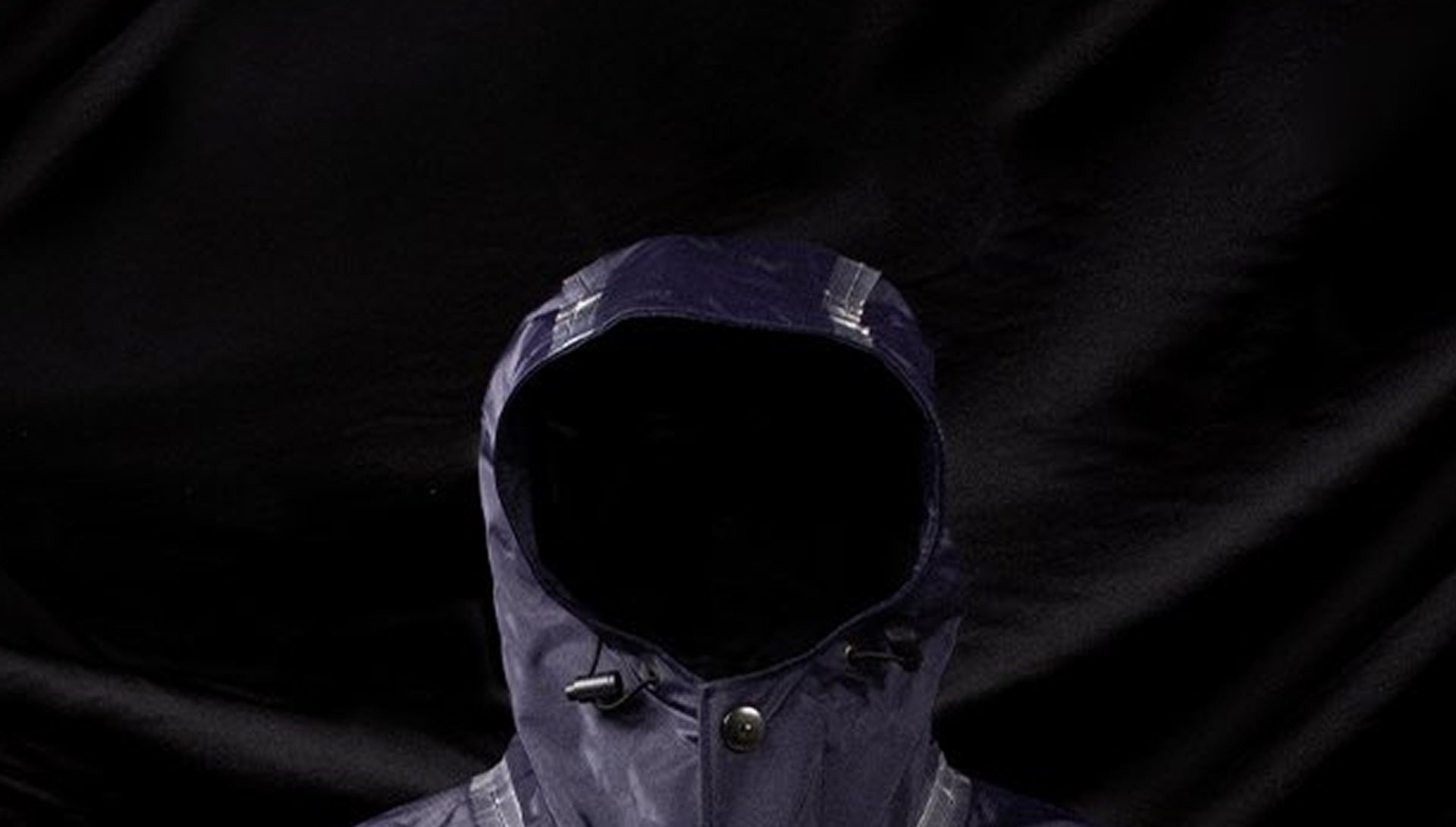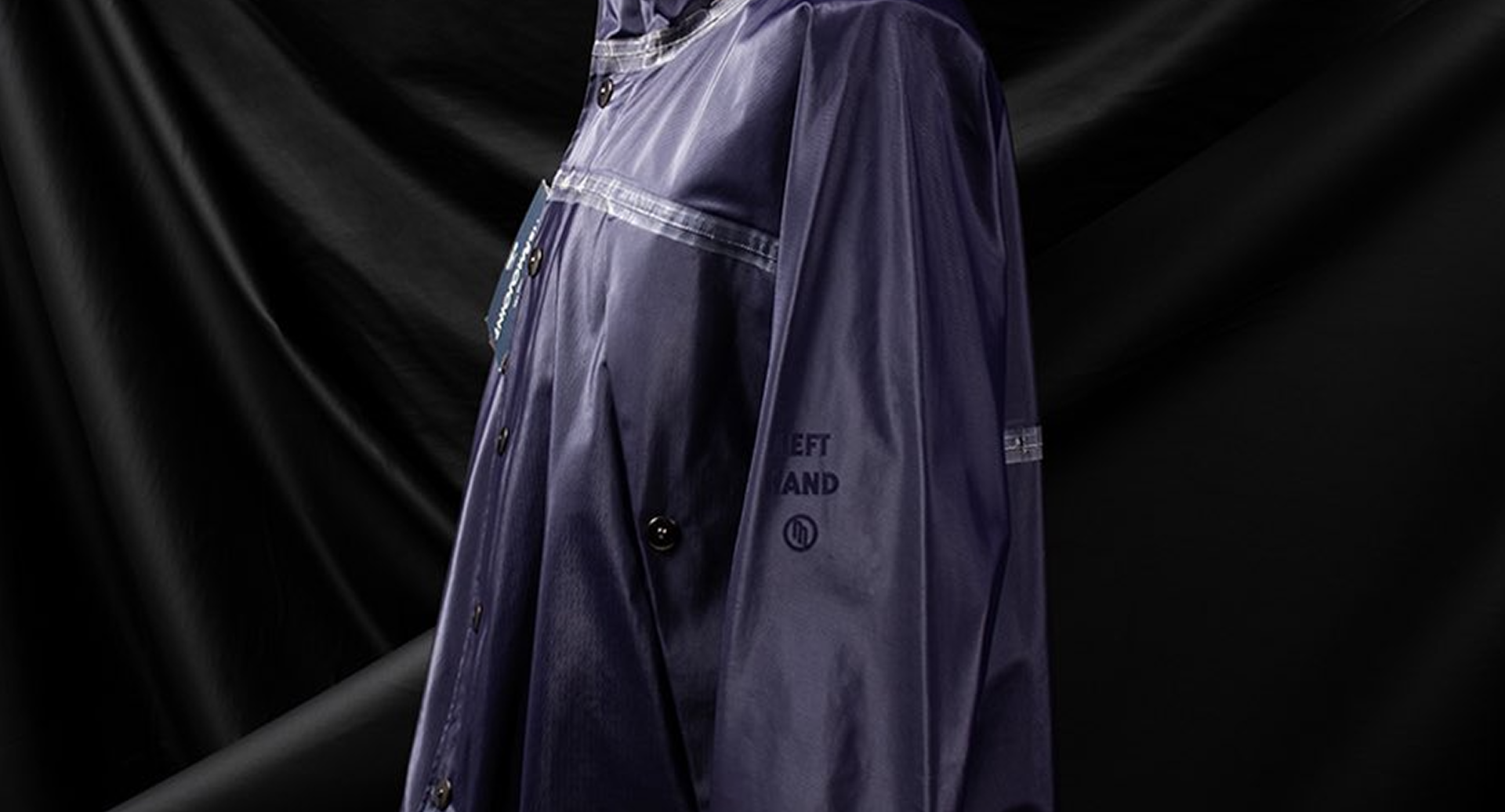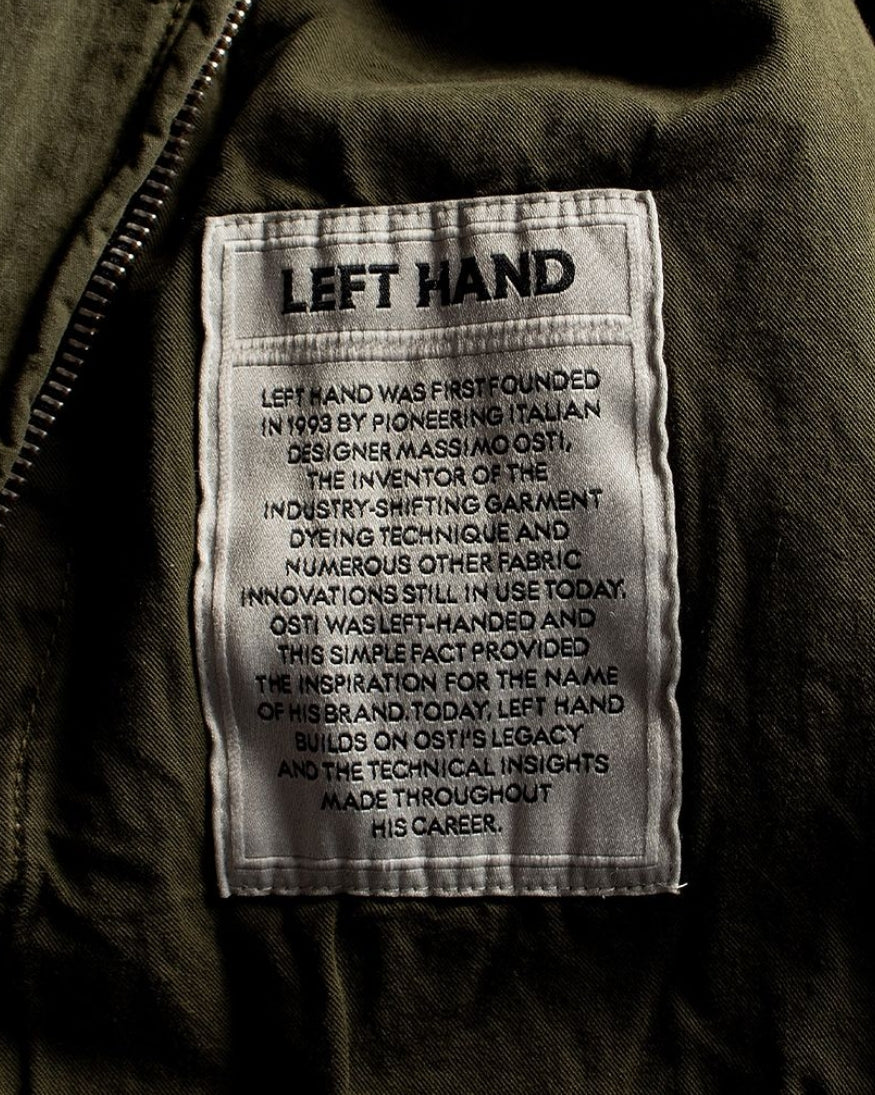
“To those who ask me the reason for this name, my answer is that I am in fact left-handed.”
MASSIMO OSTI
1993
This is the story of Left Hand, a brand that represents the intersection of craftsmanship, innovation, and authentic design. From humble beginnings to becoming a leader in premium sportswear.
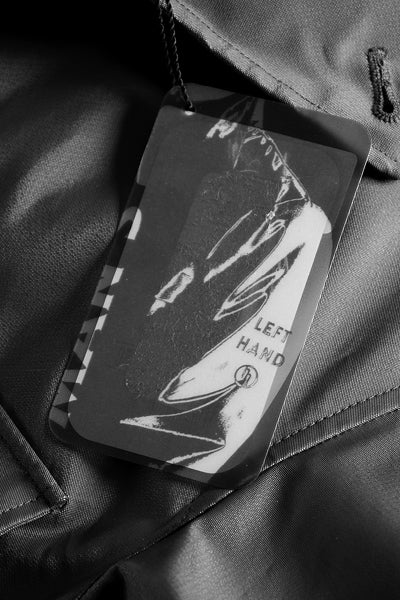
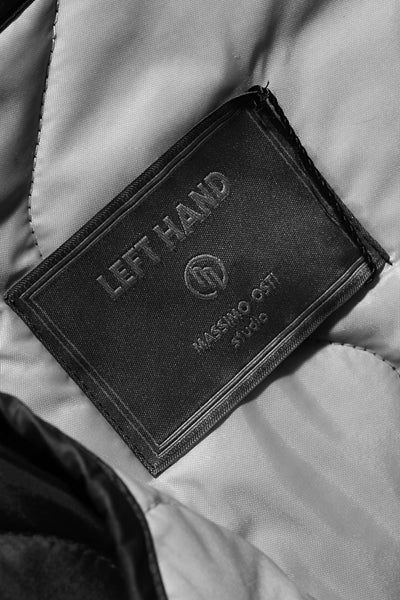
TIMELINE
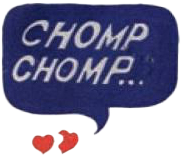
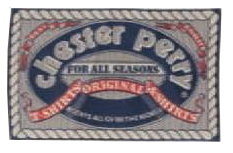
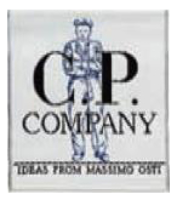
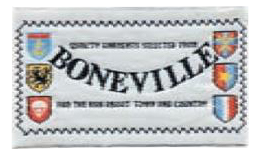
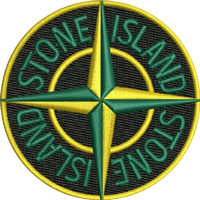
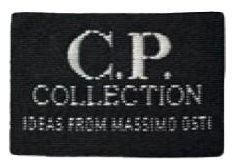









1993
LEFT HAND
By the time Osti founded Left Hand, he had the entire design world looking to him for advice and inspiration. Left Hand was launched in 1993 - aptly named by Osti based on the fact that he himself was in fact Left-Handed. Using a wealth of fabrics, one groundbreaking material formed by bonding cotton and PVC, provided protection against 80% of nuclear radiation. This innovative creation was aptly named “Thermojoint” and became the centerpiece of an entire collection. The imitations of Thermojoint that quickly flooded the market served as a testament to Massimo’s unwavering inventive prowess. He possessed a unique ability to elevate humble materials and reshape the preferences and desires of customers.


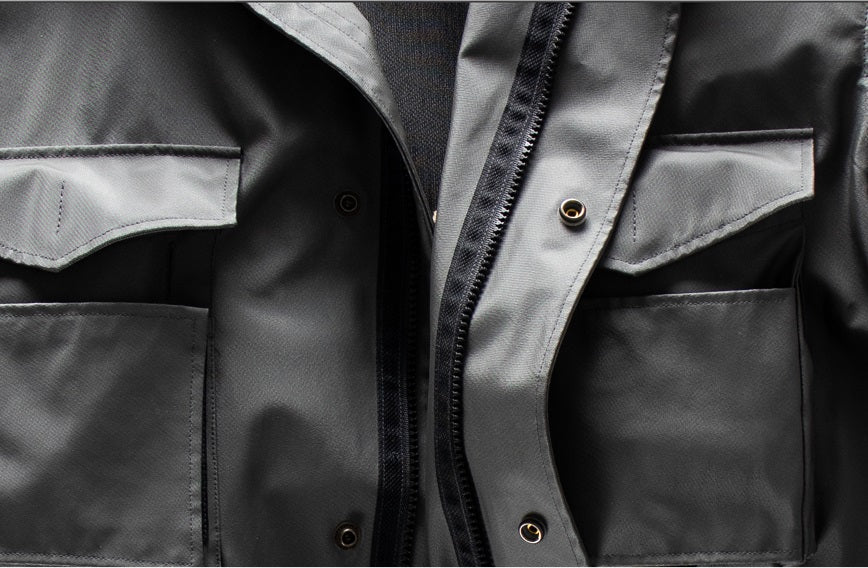
THERMOJOINT
Both technologically groundbreaking and stylishly iconic, the Thermojoint was 100% waterproof and fully steam proof. The Thermojoint also claimed to provide up to 80% protection from nuclear radiation, evidence of Osti’s thought processes in terms of military form and function.
Osti’s ability to anticipate and respond to the needs of urban living, combined with his innovative use of materials, continues to inspire our designers and all fashion enthusiasts alike.
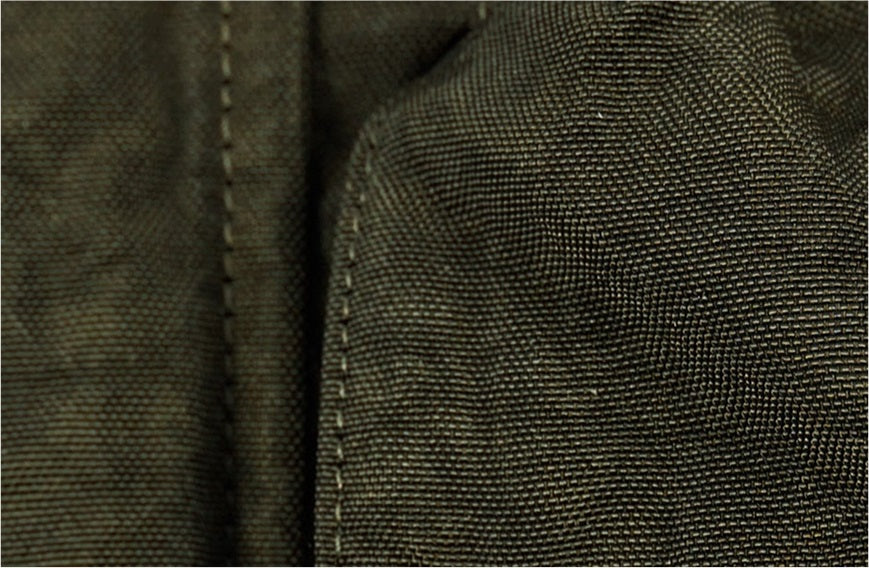
GARMENT DYEING
Garment Dyeing makes the garment much more intense in colour and enhances the fabric, giving it a more lived in feeling. Although it had been used before, in ancient civilisations and through the ages, garment dyeing really was born in Italy in the early 1970s, thanks to the intuition of Massimo Osti. Never before had anyone applied garment dyeing to a finished product made up of different fabrics and fibres.
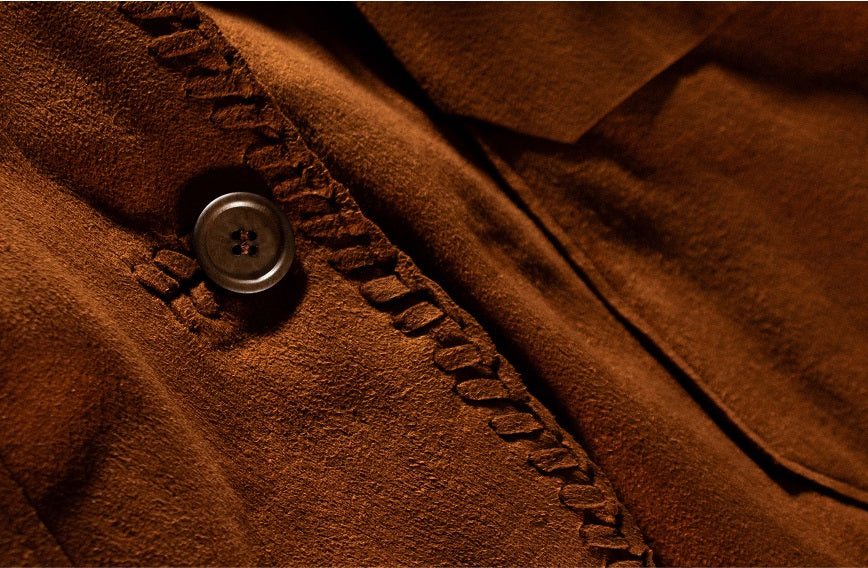
MICRO
For the first two seasons all garments from Left Hand are produced using Micro, a fabric made from a procedure for pressing fibres, a method similar to that traditionally employed in the paper industry.
The mixture of nylon and microfibres gives the garments, composed of Micro, greater durability and little need for maintenace, also allowing them to be cut with a raw, un-hemmed,
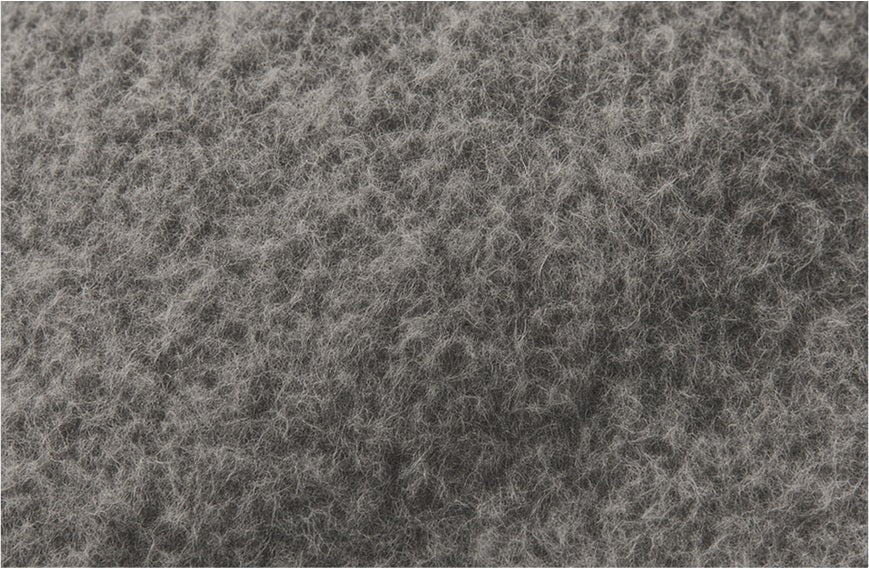
BOILED WOOL
Massimo Osti first developed Rubberwool in 1987, which was used extensively throughout the C.P. Company collections. When he later began developing the Left Hand brand, he evolved the concept into what became known as Boiled Wool. He invented a technique to shrink and felt the wool, then brushed it to retain its durability, breathability, and insulating properties - and thus, “Boiled Wool” was born.
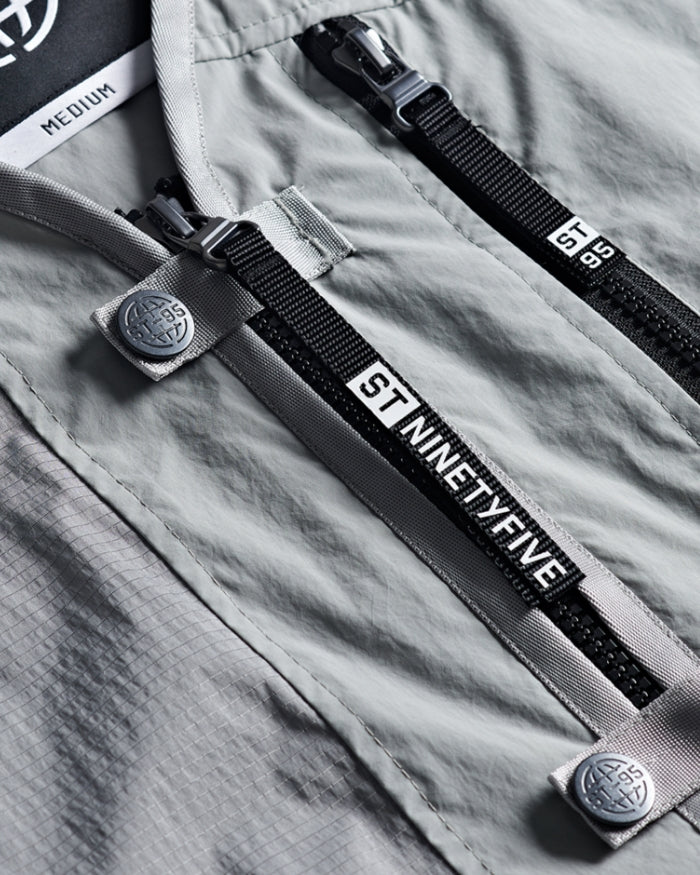
1995
ST95
In 1993 Massimo Osti relinquished the 100% shares of C.P. Company & Stone Island to his business partner, Carlo Rivetti, allowing the formation of Left Hand Studio which became part of Massimo Osti Production and was aimed at a more discerning customer. ST95 was launched as a second line to Left Hand Studio focused directly to a younger consumer.
